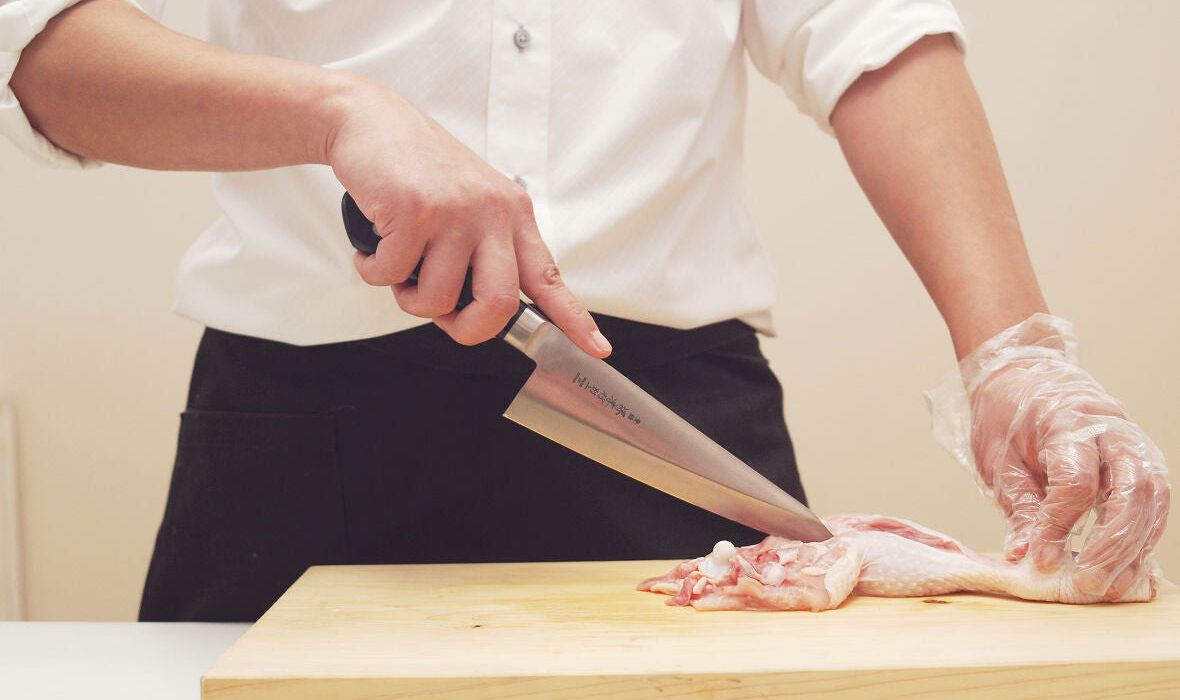Mastering the skill of how to hold a chef knife properly is a transformative, life-changing aspect of anyones culinary journey. Whether youre a professional chef or a home cook, understanding the right technique fosters safety, efficiency, and creativity in the kitchen. With this skill, youll not only cut, dice, and chop like a pro but also minimize the risk of injuries.
This guide offers a remarkable and shocking breakdown of everything you need to know about holding a chefs knife properly. For those just starting their culinary adventure or wanting to refine your skills, its here, and its time to dive into this terrific journey!

Why Learning Knife Skills Matters
Before diving into how to hold a chef knife properly, lets understand why its so important. Every efficient kitchen operates on precision, speed, and safety. Improper knife holding can lead not only to injuries but also to poorly prepared dishes. The way you grip the blade can make or break your experience.
Safety First in Cooking
Improper handling increases the likelihood of slipping, which can lead to dangerous accidents. Learning the correct way to hold your knife reduces risk and builds confidence in the kitchen.
Boosting Your Efficiency
A proper grip allows for fluid movements and less fatigue. With time, youll notice that instantly knowing the correct way to hold a chef knife can significantly slash your prep timepun intended.
The Parts of a Chefs Knife You Need to Know
In understanding how to hold a chef knife properly, first learn the parts of the knife:
- Blade: The sharp part used for cutting.
- Handle: Held by your hand; it should fit comfortably.
- Bolster: The point where the handle meets the blade, offering balance.
The Correct Grip: Master the Pinch
The pinch grip is the most big and widely approved method for holding a chef knife. It ensures both control and comfort. Heres how:
- Grip the blade where it meets the handle with your thumb and index fingerthis is the pinch!
- Wrap the remaining fingers loosely around the handle.
Why is this so tremendous? It establishes the perfect balance and reduces strain. For a detailed guide, check out this external resource on knife handling.
Common Mistakes and How to Avoid Them
Many fall into bad habits when using knives. Avoid these practices:
- The Death Grip: Holding the handle too tightly causes tension and fatigue.
- Finger on Top of Blade: This compromises balance and control.
- Ignorance of Knife Maintenance: A dull blade is far more dangerous than a sharp one.
Technique in Action: Using the Right Cutting Methods
Once youve mastered how to hold a chef knife properly, integrate it with proper cutting techniques like:
The Rocking Motion
Perfect for herbs and vegetables where continuous motion creates uniform results.
The Chopping Motion
Ideal for dense ingredients like carrots or potatoes. Always remember to guide the knife forward, not just down.
Knife Maintenance Tips: Keep It Sharp
A sharp knife makes handling easier. Regularly honing and sharpening your blades keeps them efficient. Learn more about maintaining your knives by visiting repairing cuts with knives.
Different Types of Knives to Consider
Each knife has a specific use, from chef knives to serrated blades and paring knives. The way you hold each might vary slightly. Read more about knife options at this culinary arts website.
When You Need Professional Help or Advice
If youre struggling to master knife handling or need personalized help, professional culinary schools or kitchen tutorials can offer further guidance and tips.

FAQs
1. What is the safest way to hold a chef knife?
The pinch grip is widely considered the safest method to maintain control and balance while cutting.
2. Can dull knives affect my grip technique?
Yes, a dull knife often requires more force, making it difficult to focus on proper technique. Regular sharpening is crucial.
3. How do I improve my knife skills as a beginner?
Start by mastering the grip and practicing basic cutting motions such as the rocking or chopping motions.
Ready to practice your new skills? Dive deeper into cutting with tips on cutting vegetables efficiently and effectively!
This article contains affiliate links. We may earn a commission at no extra cost to you.


